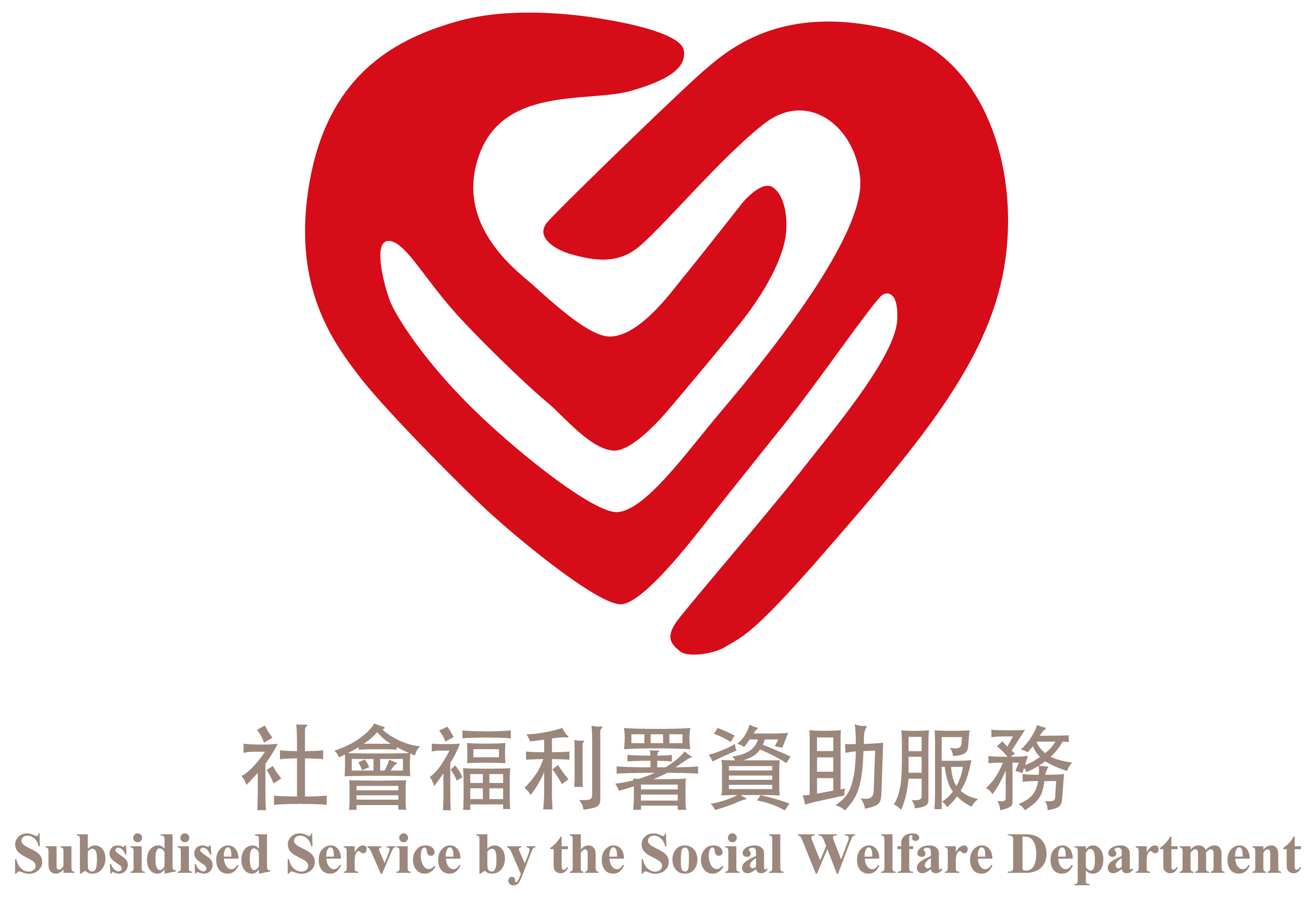Epoch-making Community Rehabilitation Network



Epoch-making Community Rehabilitation Network
In the early 1990’s, The Hong Kong Society for Rehabilitation observed that the policy on rehabilitation for people with disabilities caused by an attack of illnesses was not on the government’s agenda. It motivated us to advocate for the welfare rights for this group of patients neglected by the government, leading to the inception of the “Community Rehabilitation Network” (CRN). Following years of efforts, the concept of “preventive health management” was added to the core of CRN’s service delivery, so that more people could master their own health.
Community Rehabilitation in the Making
In 1992, the government published the “Green Paper by The Working Party on Rehabilitation Policies and Services” for public consultation. However, the definition of “disability” in the Green Paper was limited to visual & hearing impairment, autism, intellectual disability, physical disability and mental illness. People with disabilities caused by an attack of illnesses, such as patients with renal failure and stroke survivors with mobility difficulties, were excluded. In view of this, Sir Harry FANG, the founder of The Hong Kong Society for Rehabilitation, responded swiftly by forming a territory-wide alliance with five other leading organisations – The Alliance for Patients’ Mutual Help Organizations; The Rehabilitation Alliance Hong Kong; The Hong Kong Medical Association; Department of Social Work & Social Administration of the University of Hong Kong and The Hong Kong Joint Council for People with Disabilities – to discuss the Green Paper collectively. As a result, the idea of setting up a “Community Rehabilitation Network” (CRN) was germinated to serve people with chronic illnesses and carers.
In response to the Green Paper, Prof. Cecilia CHAN Lai-wan (current Vice-President of The Hong Kong Society for Rehabilitation), of the Department of Social Work & Social Administration of the University of Hong Kong, brought together self-help organisations and set up a Patient Mutual-Help Organisation, allowing people with chronic illnesses to engage in discussions and fight for their rights. After a number of joint meetings, the service group was officially named “Community Rehabilitation Network” (CRN). Later, a proposal was submitted to the government, detailing community needs and the importance of community rehabilitation, which induced the government and the social sector to respond positively. In the light of this proposal, The Hong Kong Jockey Club Charities Trust allocated HK$24 million to a 2-year pilot scheme, that initiated the Society’s service for CRN.
Rehabilitation from the Perspective of Community
Community collaboration is indispensable to holistic rehabilitation and community life for people with chronic illnesses. “Community” refers to service targets, who are out-of-hospital chronic patients and their carers. Rehabilitation, on the other hand, not only refers to restoring one’s physical functioning, but also the body-mind-spirit of the patients – taking care of their psychological, emotional and social needs. “Network” refers to a team of interdisciplinary professionals, including social workers, specialised therapists, family & friends, neighbours, and volunteers. Moreover, community-based rehabilitation is to make full use of community resources, such as patient self-help organisations and mutual-help groups, to facilitate medical-social collaboration and self-help & mutual help among patients, in order that they may get adequate community support after hospital discharge.
In mid-1990’s, community rehabilitation was still a novel concept. The general public lacked understanding of chronic illnesses and had a hard time learning about why rehabilitation was necessary after recovery. Thanks to the $24 million from The Hong Kong Jockey Club Charities Trust, The Hong Kong Society for Rehabilitation launched a pilot scheme on CRN, in which the first CRN centre was opened on Queen Street in Sheung Wan in 1994. The Society’s services also extended from people with physical disabilities to patients with chronic illnesses thereafter.
After the completion of the pilot programme and making great efforts, CRN was finally listed as one of the recurrent subvention programmes by the government in 1997, and the first government-subsidised CRN & patient mutual assistance centre was set up in Wang Tau Hom, steering the development of patient self-help organisations. On one hand, we provided work space for self-help organisations in the centre. On the other hand, we offered training to self-help organisation members to get a grip on organisational management and operation skills. At times, we organised educational activities and undertook welfare advocacy work with self-help organisations together.
Forging ahead
At present, the Society operates 6 CRN centres, offering health management courses of multiple chronic illnesses, including stroke, Parkinson’s disease, high blood pressure, high blood sugar & cholesterol level and rheumatoid arthritis. Apart from learning how to manage their own health, in recent years, people with chronic illnesses are also encouraged to develop hobbies and interests to alleviate their symptoms. For instance, patients with Parkinson’s disease could improve hand-brain coordination and trembling problems through Tai-chi, painting and physical exercise.
The Society’s CRN has built close-knit relations with the community, self-help organisations, public and private medical institutions. Since there was an upward trend in chronic illnesses among younger populations in recent years, “preventive health management” has been introduced to our service as a new element. In late 2021, for example, we will launch three “District Health Council Express” (DHCE) locations in Central & Western District, Eastern District and Shatin District to provide residents with health promotion, education and risk factor assessment, which will encourage them to keep an eye on their physical conditions and prevent chronic illnesses. DHCE will also provide chronic patients with disease management services, with a view to establish a prevention-focused healthcare system in the long run.












